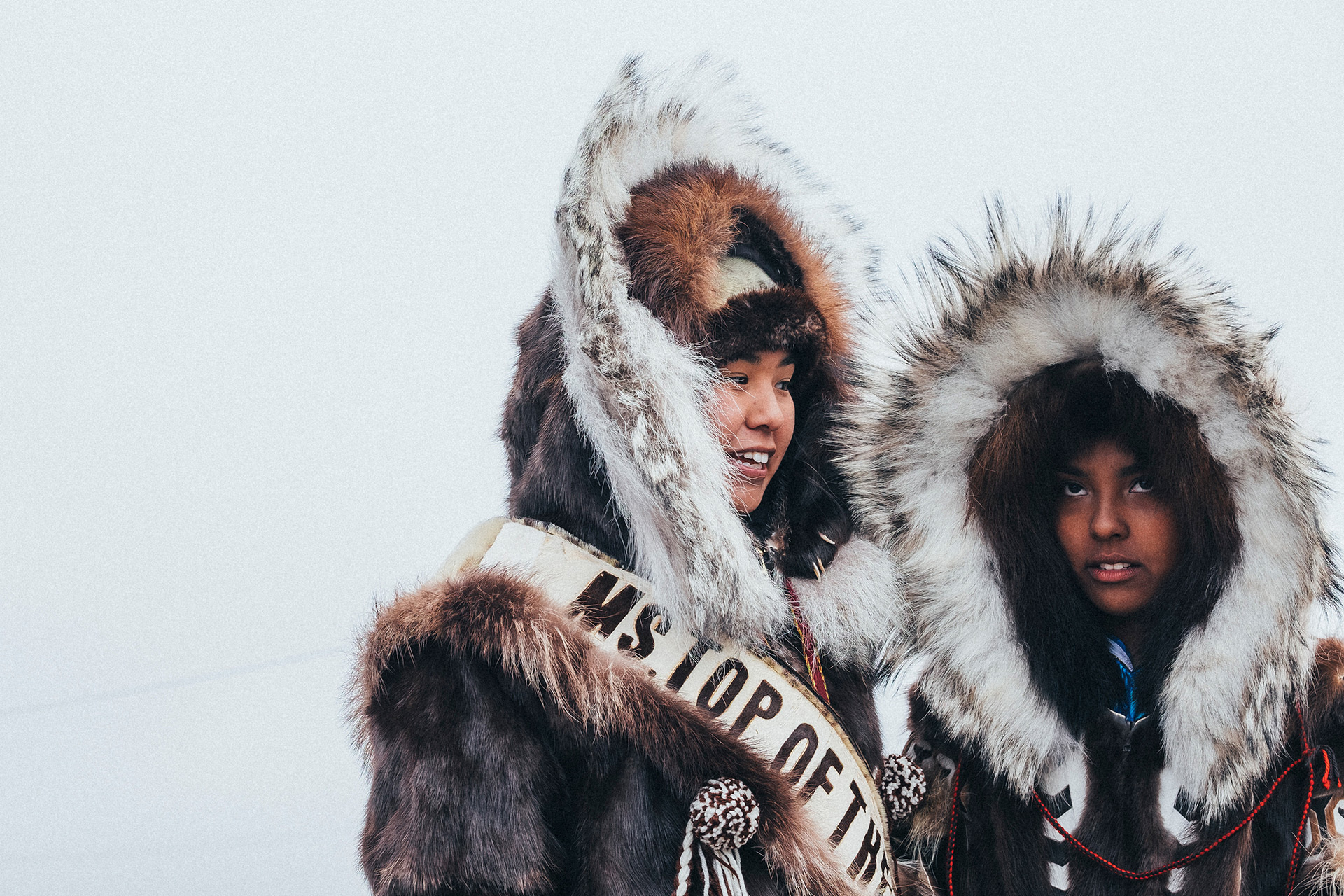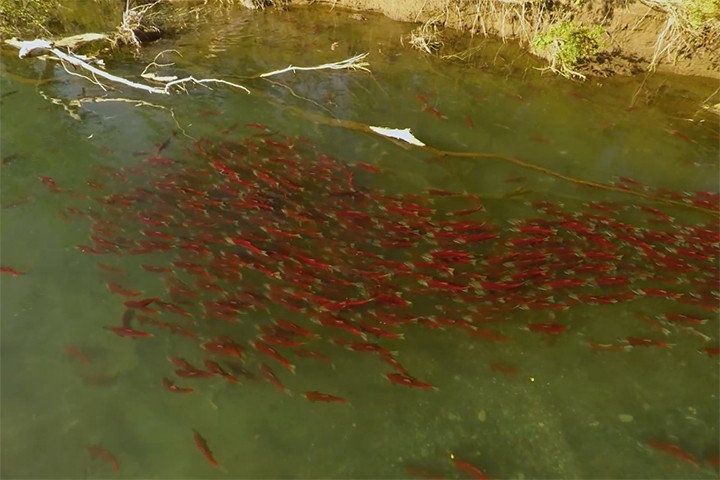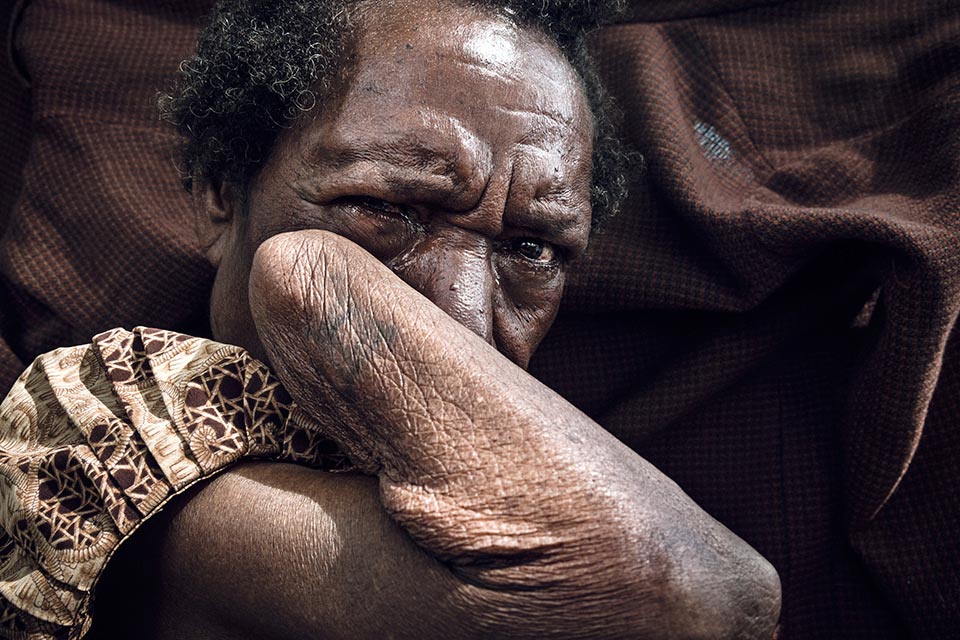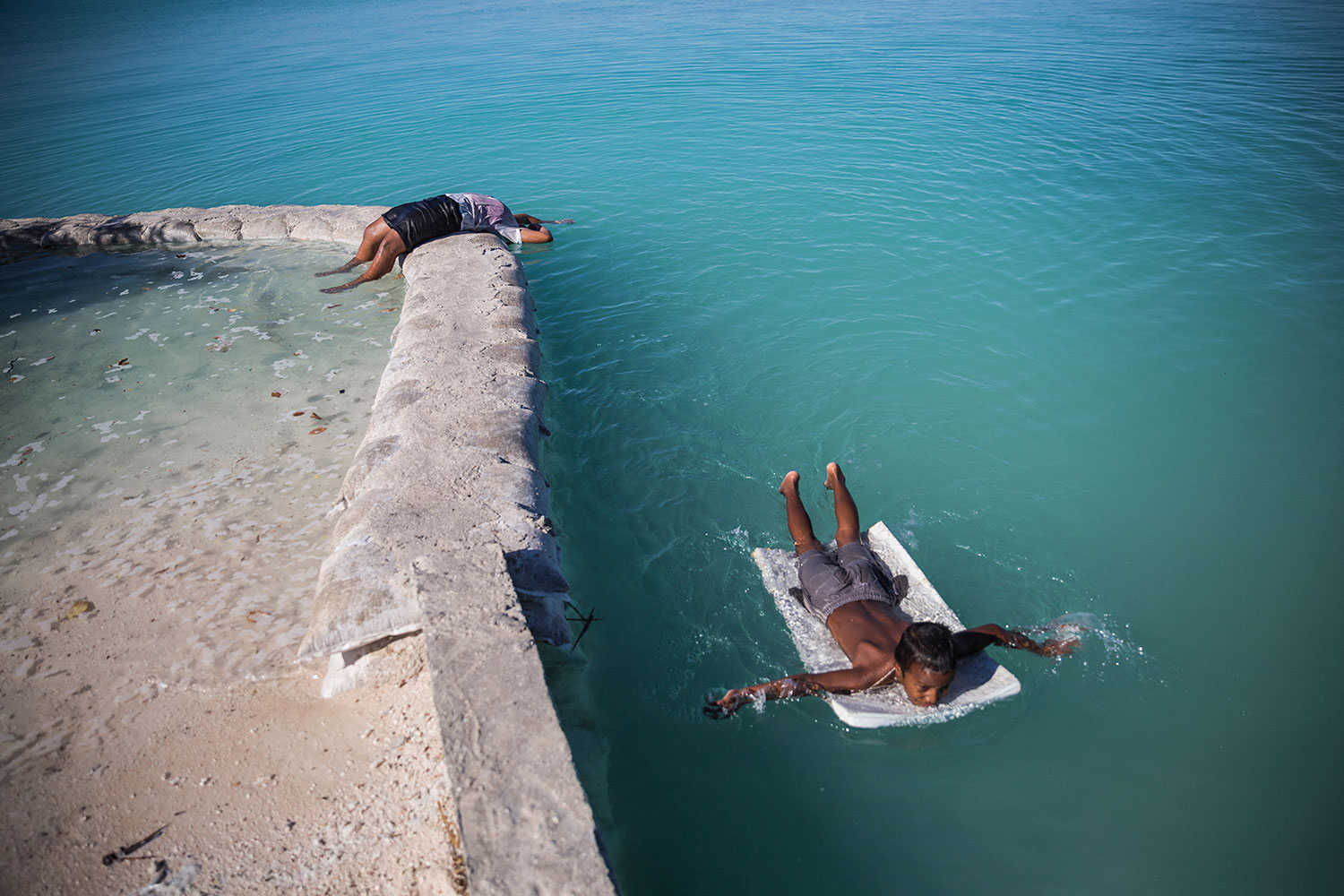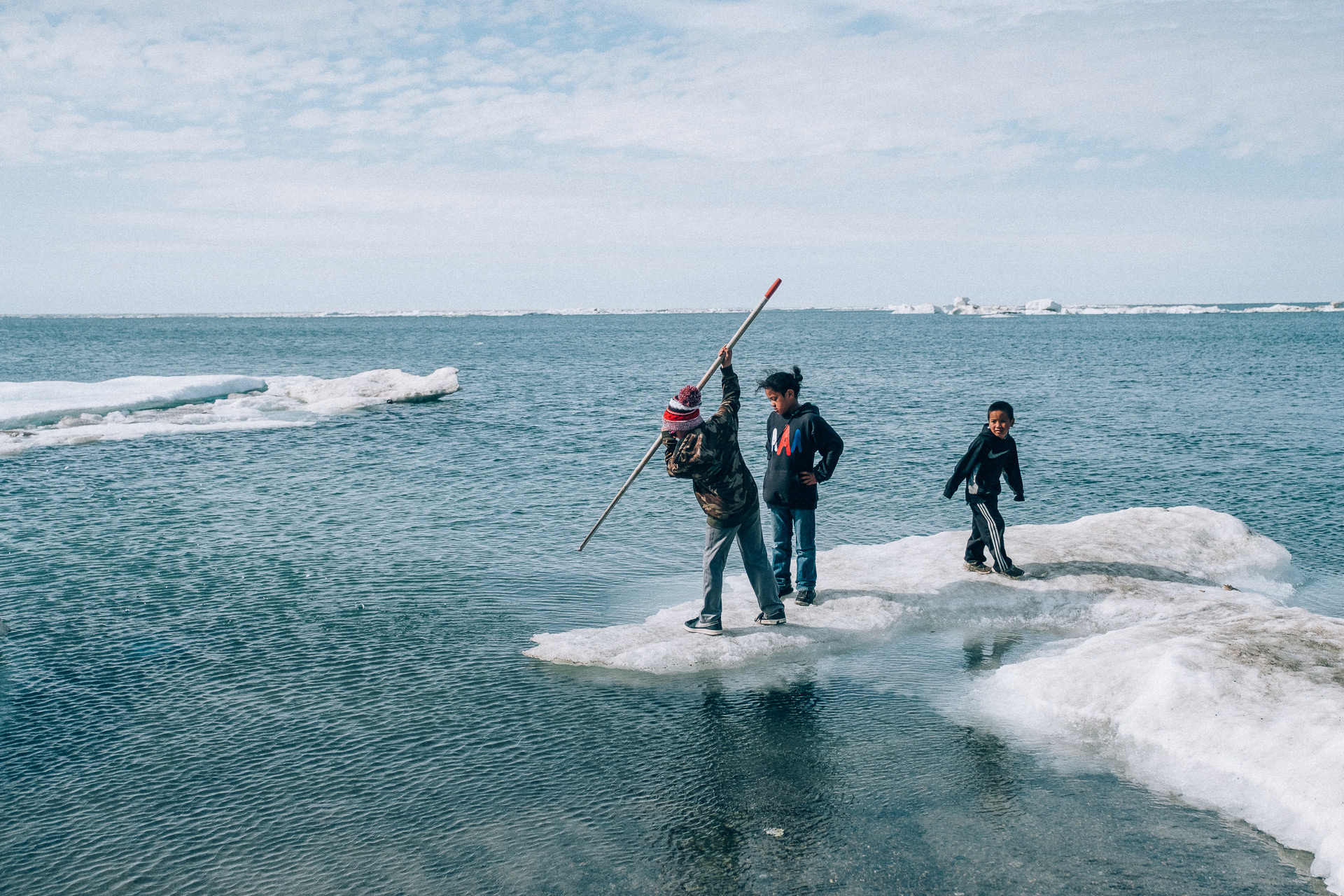
Alaska Diaries: Whalers Without Hunt and Scientists Without Optimism
The main reason why I came to Barrow was to meet the young scientists working in the Global Climate Change Research Facility. Several weeks before the trip, I sent a letter from my agency Panos Pictures to the observatory requesting to allow me a photo-shoot . Several people working on different research projects responded and agreed to take me along on their field trips.
I came to Barrow on the last day of Nalukataq, the spring whaling festival, when Eskimo whalers celebrate the successes of the spring whale hunt.
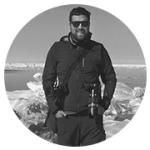
Born in Russia, lives in Portugal. Specializes in documentary photography, works for Panos Pictures. Works with the UN, Amnesty International, Oxfam, ChildFund, and UNICEF. Sokhin’s photographs have been published in The Guardian, National Geographic, GEO, International Herald Tribune, The Atlantic, The Global Mail, Internazionale, Stern, Le Monde, Paris Match, Marie Claire, BBC, Sydney Morning Herald, and in “The Russian Reporter” and “Around the World.” Published a photobook called Crying Meri about violence against women in Papua New Guinea.
Whalers Without Hunt and Scientists Without Optimism
Every spring, Barrow whalers go hunting in their umiak boats. There are more than 10 whaling teams in the city, each of them hopes to catch at least one whale in the short hunting period between April and June. In mid-June, all the teams who succeeded invite all their numerous relatives and friends for Nalukataq, the spring whaling festival. People come here to receive their share of the hunt: whale meat, blubber and skin, which are used in the traditional Iñupiat cuisine. The celebration ends with jumping on a trampoline made from several bearded seal skins. Anybody can get on the trampoline held by dozens of people, and those who are jumping on it usually throw down sweets for children.
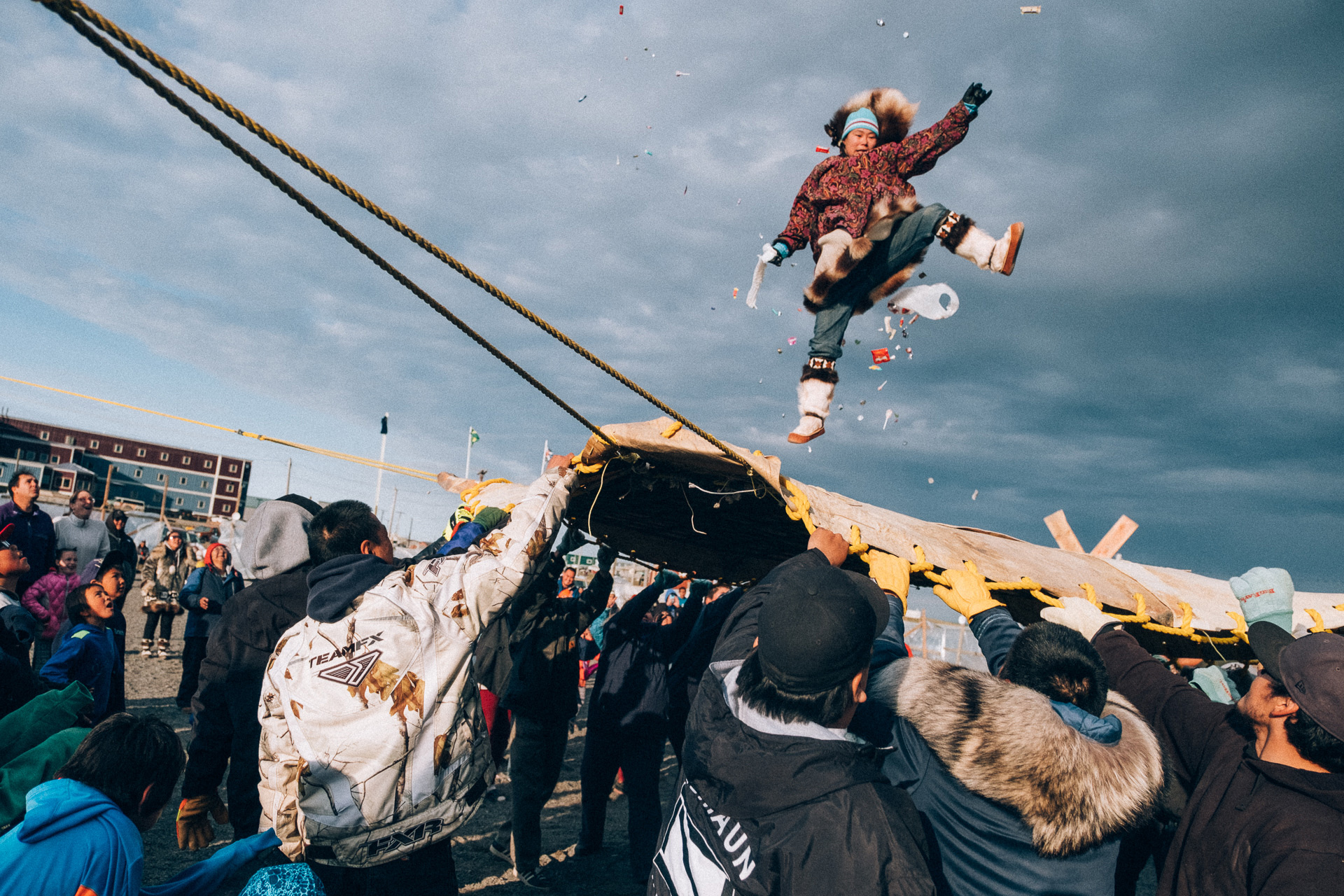
The population of Barrow is just a little over 4,000 people, most of them are hunters and whalers. The town is divided into three parts. The center has all the main infrastructure: a police station, a bank, a school, and a city hall. A small neck of land between the ocean and the lake separates the center from Browerville, the residential area. A five-minute ride from Browerville, there is a small settlement with a college and Barrow Observatory. The scientists live nearby. Several kilometers from the observatory, at the outskirts of the town, there is a Space Air Force ridar site and a station of the US National Oceanic and Atmospheric Administration. It is a small lab surrounded with antennas, radars, and other measuring equipment.
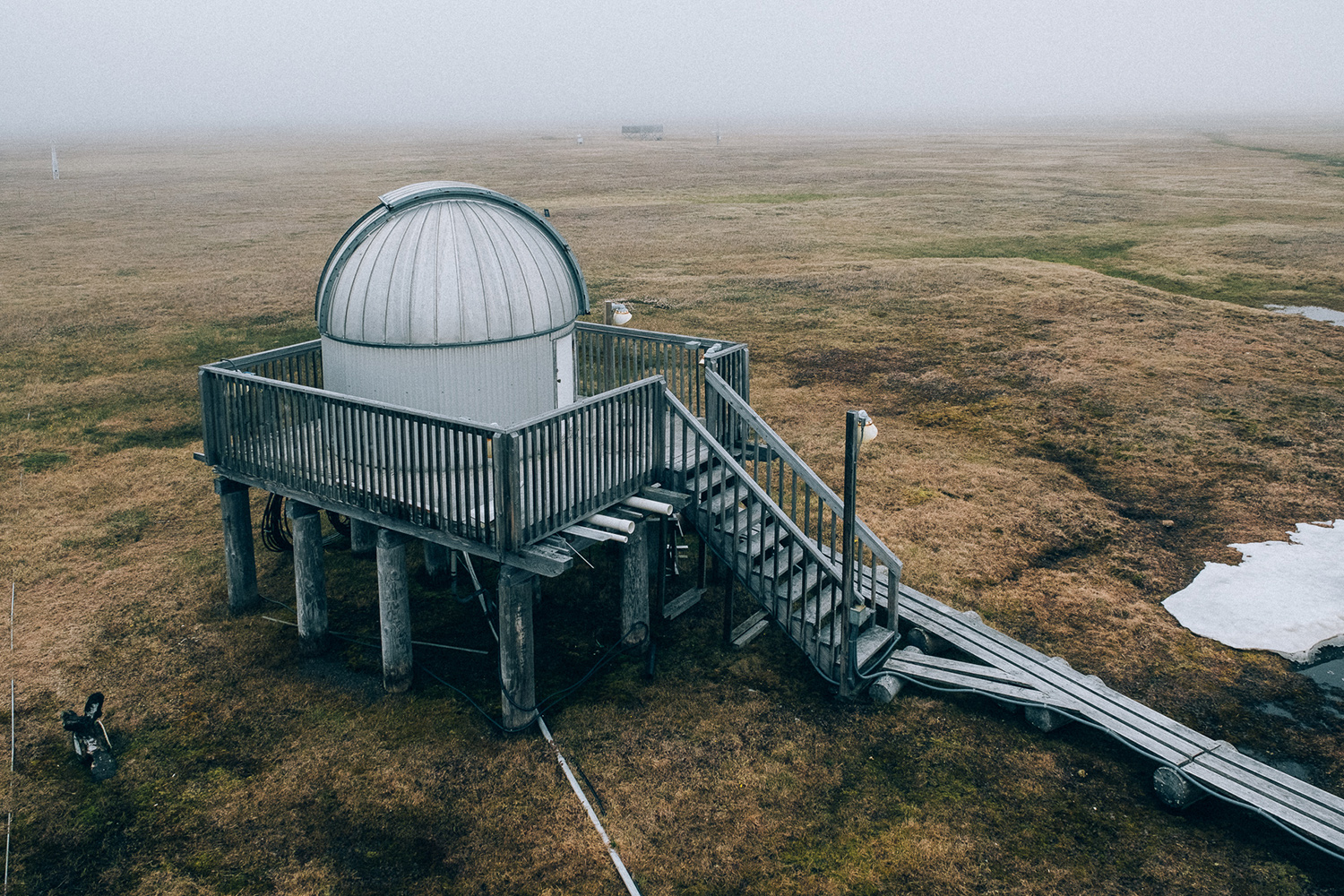
Station Chief of Barrow Observatory Bryan Thomas took me on a small tour around the station and told me about the research that they are doing there. The list includes observing the ice melting in the Arctic Ocean, the study of the effect of global warming on the population of birds, polar bears, and other Arctic animals. They also study the release of carbon dioxide and other greenhouse gases during the thawing of permafrost. I witnessed a weekly experiment, where Bryan measured the background level of carbon dioxide in the atmosphere using his equipment. Bryan uses the five-litre flasks to collect samples of air. In order to do that, you need to stand against the wind, hold your breath, and open the stopcock to collect air. The second flask is used for comparative analysis and to rule out error. All data is sent to the San Diego laboratory for analysis. Bryan showed me a graph with an upward curve of the carbon dioxide levels for the whole observation time since 1975 in the laboratories in Alaska, Hawaii, American Samoa, and the South Pole. All the four stations show almost the same increase of carbon dioxide in the atmosphere, which is one of the contributing factors of global warming.
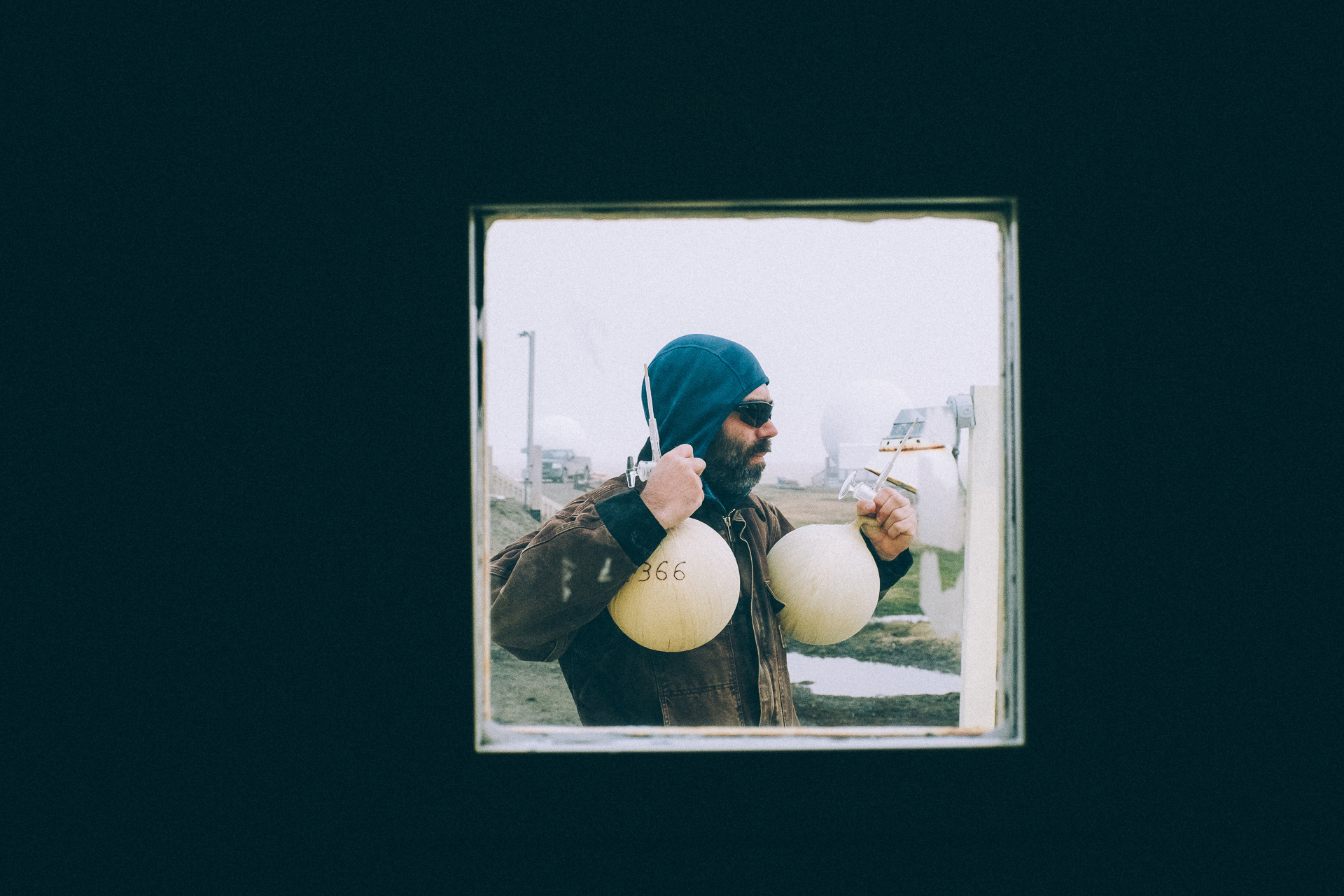
The anomalous melting of the Arctic ice — one of the many effects of global warming — has a serious impact on the life of humans and other animals. At the Barrow observatory, they have been observing the changes in the population of black guillemots on the neighboring Cooper Island. Cod, the staple of guillemots in the Arctic, becoming scarce as it’s leaving the nearshore area for the colder waters. The birds replace cod with sculpin, which do not contain enough nutrients to raise healthy chicks. In addition, the warm season now is much longer, which causes the birds to lay eggs twice. In 2002, people in observatory has observed the birth of chicks from the second laying in season – this happened for the first time in Barrow living memory. All these factors have decreases the chances of the birds for survival and as a result the size of the breeding colony has declined. At the same time, the melting of ice drives hungry polar bears to the nesting of guillemots, who eat the eggs and the chicks. In 2012, the scientists had to install the bear-proof plastic cases, where guillemots would be able to lay eggs safely.
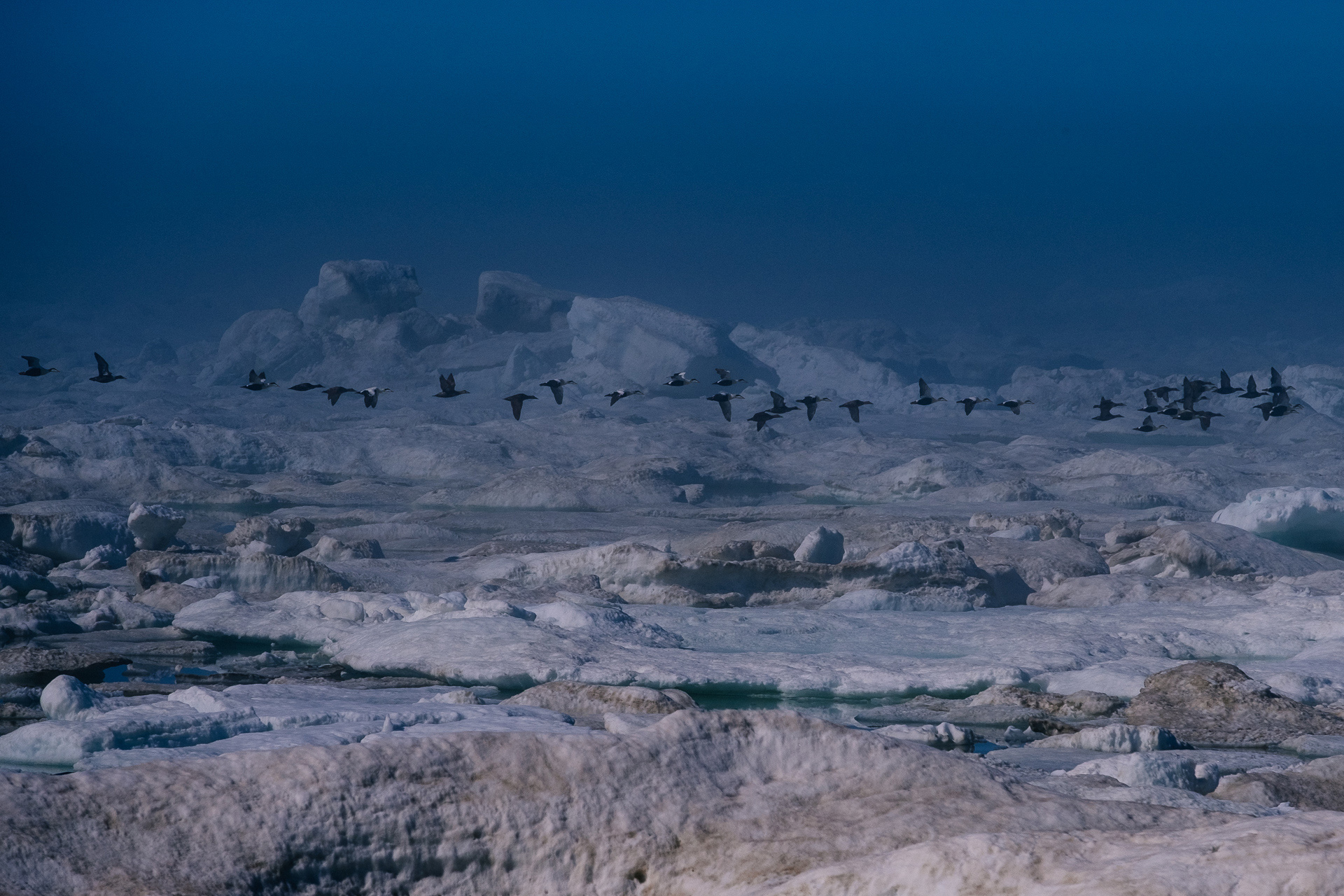
Botanist Jacob Harris checks greenhouse open top chambers, installed on wet and dry tundra sites. The walls of such chambers heat the ground for approximately two degrees. According to the climatic models, this corresponds to the possible increase of temperature in the 21st century in case of the minimal emission of the greenhouse gases (in case of the maximum emission, the increase in temperature could be up to 2.4–6.4 °C). Inside almost every chamber I see the blossoming flowers of small plants, whereas there are almost none in the open area. Jacob invites me to check the ground temperature inside and outside the camera. I touch it with my hand — and it is much warmer inside. Jacob’s colleague Katlyn Betway explains that by studying the effect of global warming on plants, it is possible to predict the increase or decrease of the populations of rodents dependent on them. In its turn, the number of rodents will influence the population of predators, such as owls or Polar foxes, those will influence other predators, and finally, humans.
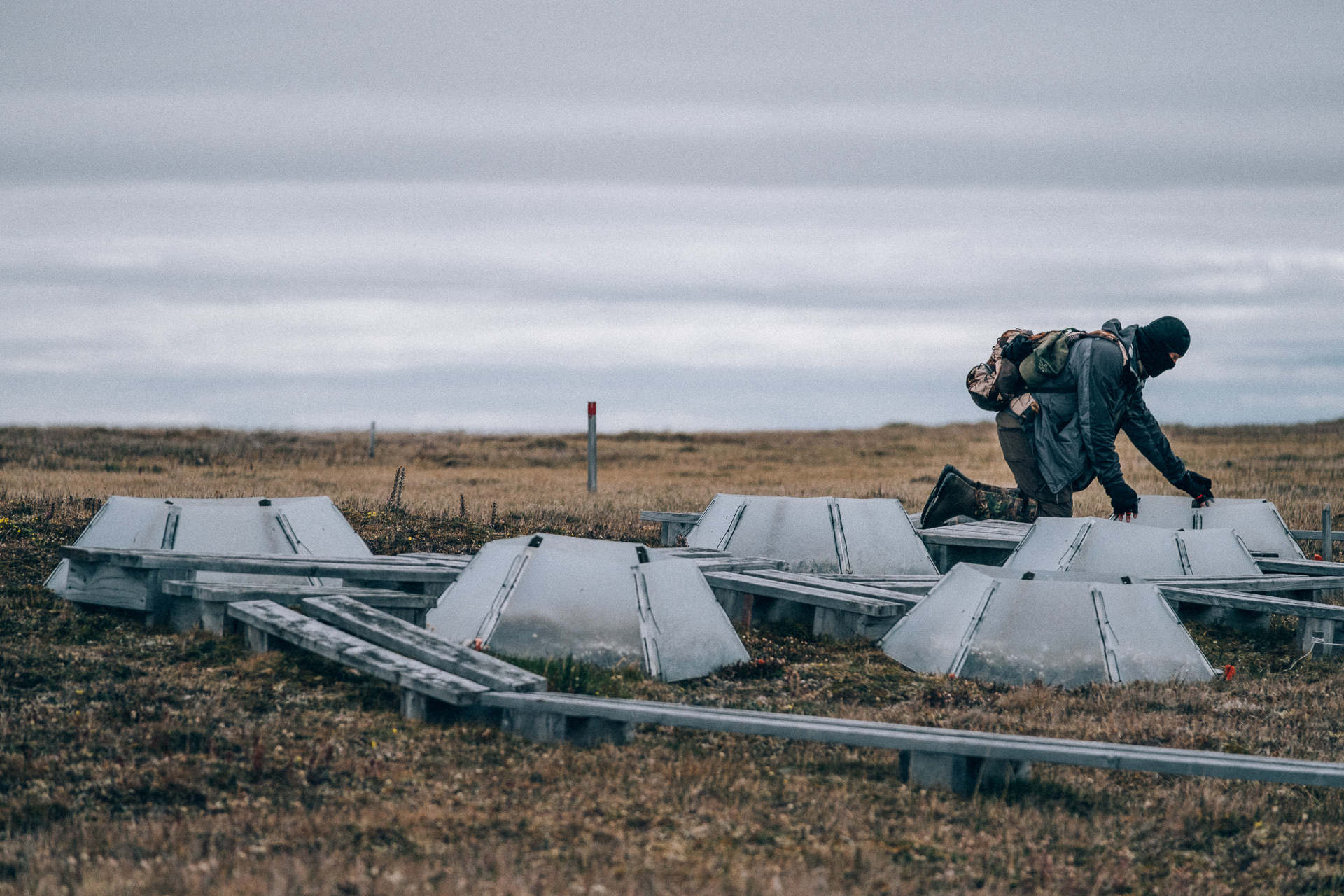
A Barrow hunter is loading to his truck a carcass of the seal that he just killed. It is more difficult for local hunters to hunt seals and whales. The whalers usually throw a harpoon with a small explosive charge tied to it. When the harpoon cracks the skull of the animal, the charge detonates and kill the animal. The dead whale needs to be towed to the big ice floe, where it’s butchered. Then all the pieces are loaded on boats and brought to the shore. In the several recent years the big ice floes can be found further from the shore, as the sea ice starts melting earlier and faster. It gets more difficult for the whalers to find the stable blocks of ice for cutting up the whales. It also gets more difficult to hunt the seals and walruses who mostly live on the sea ice. The local hunters say that 10 or 15 years ago they had to be very unlucky to go out to the sea in the summer and come back without a seal. Now, this regularly happens to many hunters.
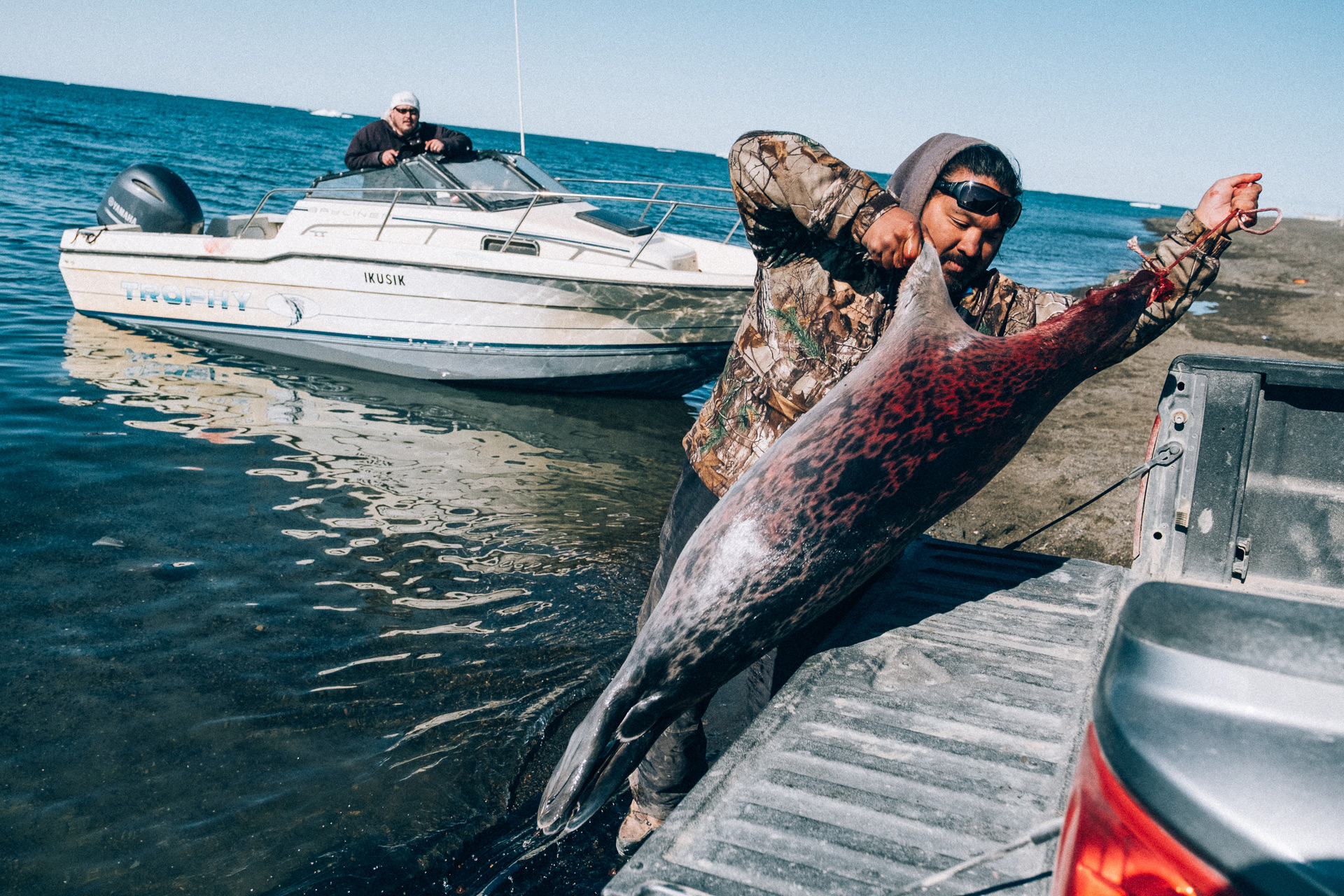
Young researchers Tim Heintz and Molly Clemens work in the tundra. Molly measures the soil diffusivity. The idea of the project is to find out how much methane and carbon dioxide are produced at different depths of the tundra. When the permafrost thaws, the gases are released into the atmosphere, and are then heated by the sun in its upper layers. In the last one hundred years, the burning of coal, oil, and gas has led to a significant amount of greenhouse gas emissions: concentrations of CO2 (carbon dioxide) and CH4 (methane) in the atmosphere have increased by 31% and 149% accordingly, compared to the start of the industrial revolution in the mid-18th century. As a result, the average temperature of air near the surface of the land and the ocean increased approximately by 0.74 °C, which was enough for the permafrost to start melting. When the tundra thaws, it releases even more greenhouse gases, and the cycle completes.
Tim measures the thaw depth and water depth of the arctic tundra permafrost. Starting from 2013, his colleagues have been studying the speed of the thawing of tundra in the summer. Tim says that even after only three years of research, it is already possible to see that the tundra permafrost is melting faster and earlier showing that the earth is heating up.
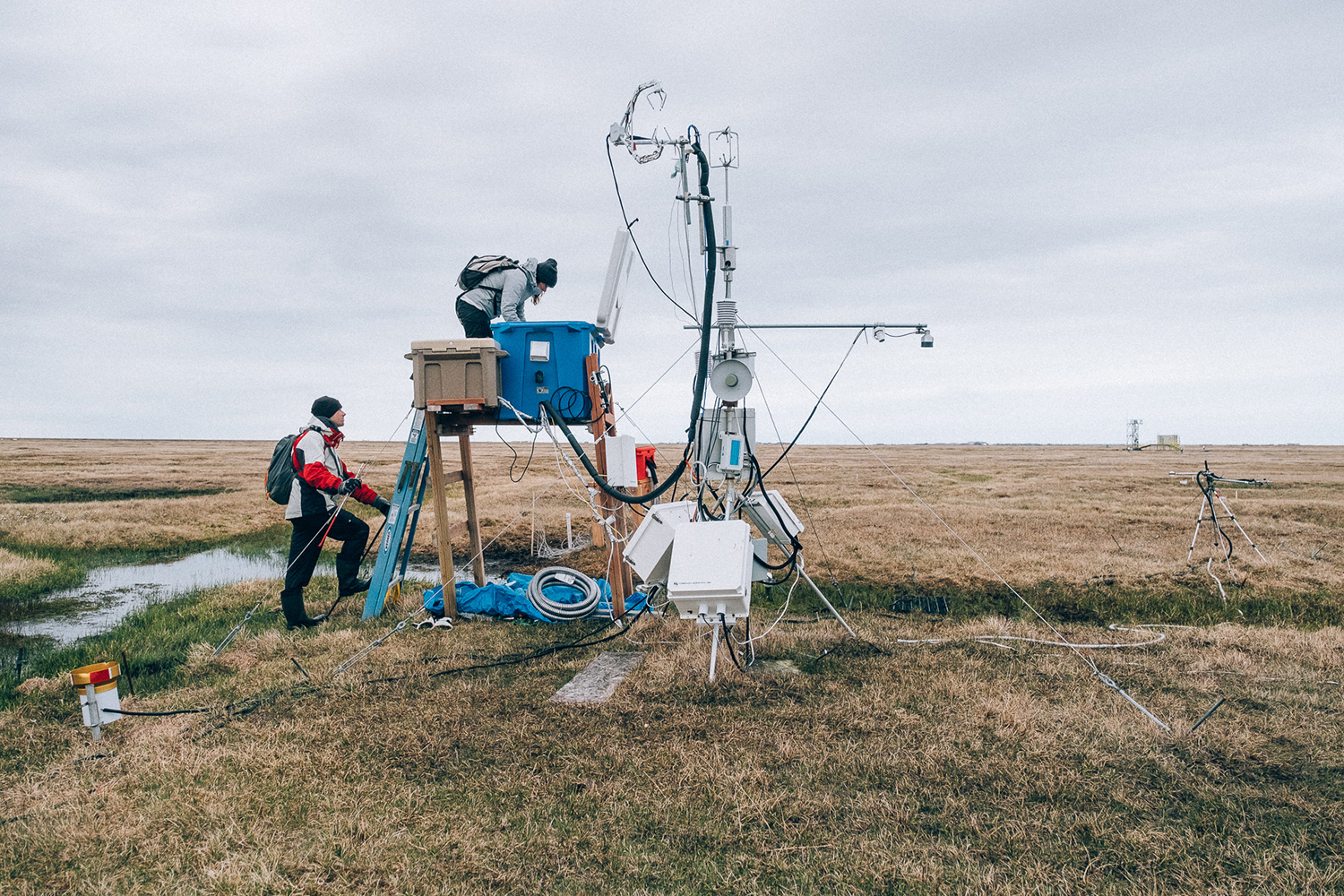
Point Barrow, the northernmost point of the US, is located 16 kilometers from the town. This is where the Chukchi Sea and Beaufort Sea have their border. On this place there was an Iñupiat village of Nuvuk, which was founded more than 1,200 years ago. At the time of the first contacts with the European Arctic expeditions in the 1800s, it was the biggest Iñupiat village in northern Alaska. Because of the shore erosion, which eats 10–12 meters of land a year, the villagers left Nuvuk and moved to Barrow. The rising sea levels caused by global warming only sped up the process. In 2004, the remains of the ancestors of Nuvuk villagers were excavated and reburied in Barrow. Currently, nobody uses this place as a human habitat, only scientists have installed their antennas and other tools. The rest of the space is used by locals for the disposing of the whale bones. The bones are scattered around the whole cape, some of them have a distinctive smell. The locals warning the visitors not to go to Point Barrow without an armed guide, as hungry polar bears often wander around attracted by whale remains and looking for food.
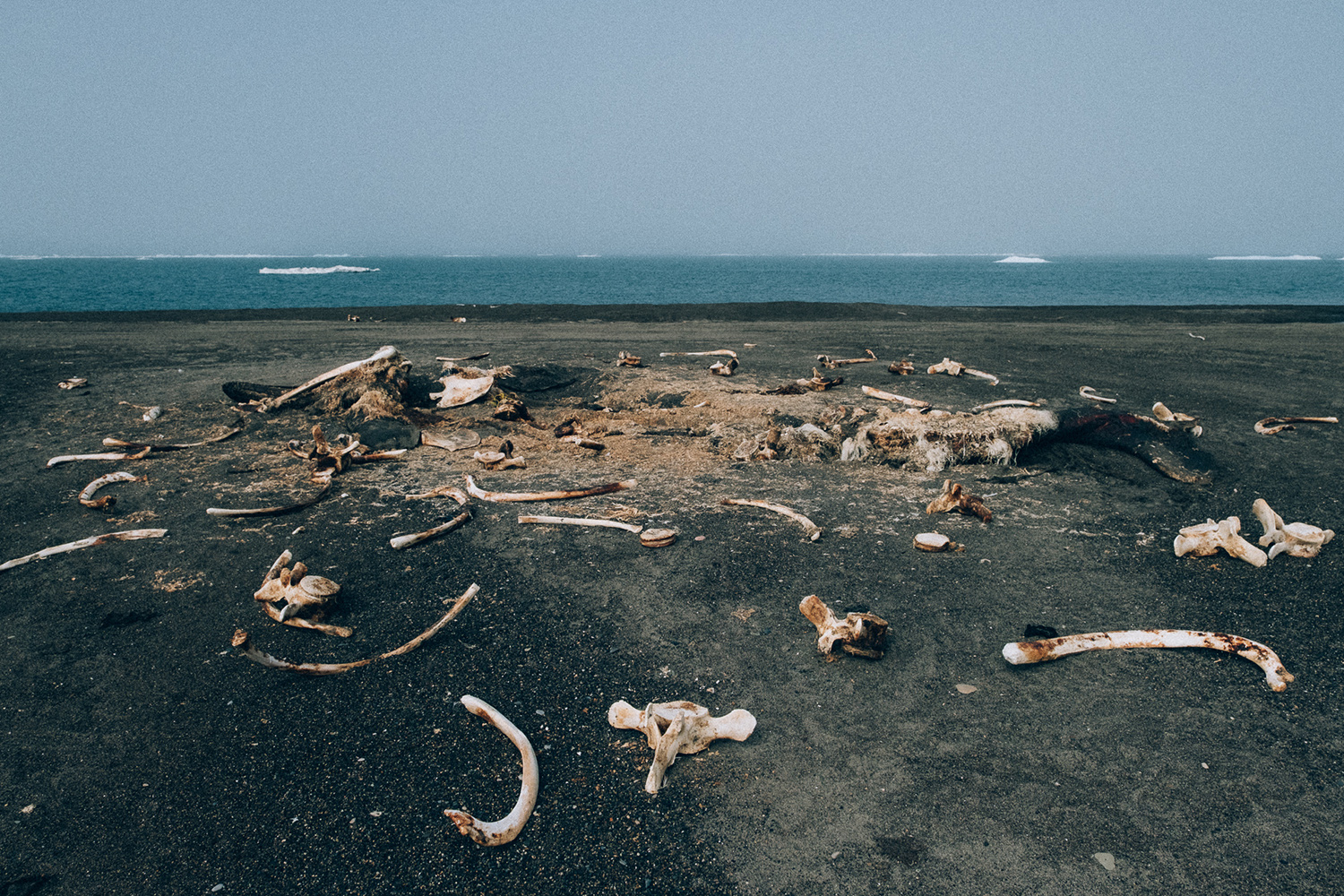
All buildings in Barrow are lifted above the ground on short wooden or metal stilts that go into the ground for just a few meters. This is a standard building practice for many northern regions all over the world. Because of the thawing of permafrost, some houses start sagging, walls crack, and pipes move from the place, blocking water and sewage. In the last 10–15 years, Barrow will need hundreds of millions of dollars to adapt to changes. It is yet to be decided whether such money would be invested in preserving the town, which makes many local residents pessimistic.
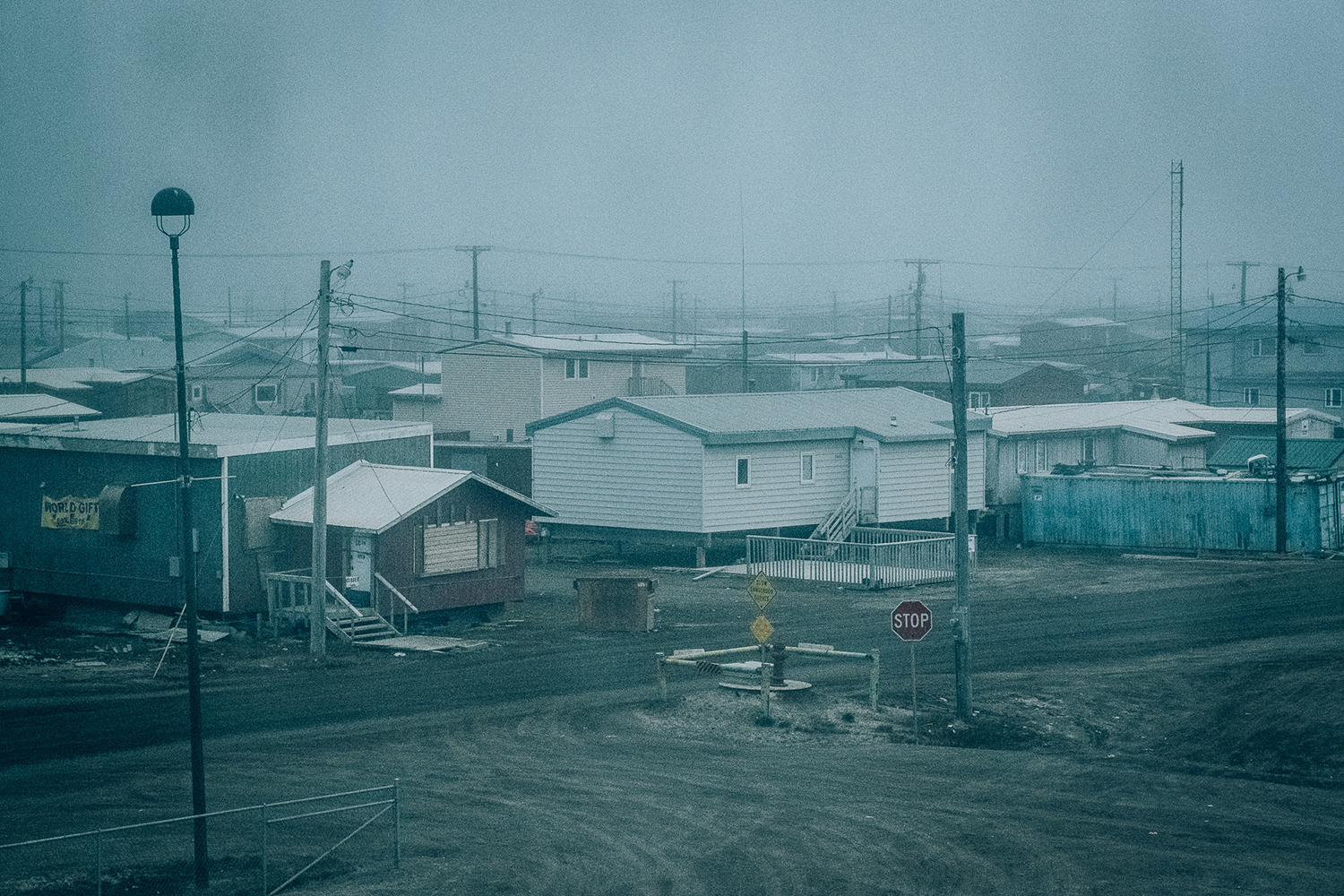
The scientists and the residents of this remote town all agree in one thing: global warming and climate change have already started affecting the humans and wildlife. So far, it is visible only in territories like the atolls of the Pacific Ocean or Eskimo towns and villages in the Arctic. However, the continuous release and accumulation of the greenhouse gases in the environment will soon influence every person on the planet. Researcher Tim Heintz says that the rising temperature will wildly throw off every ecosystem across the globe and cause mass extinction of many different plants and animals. Other experts also predict the increase of the number and magnitude of natural disasters, such as typhoons and droughts. The water level in the world ocean will continue to rise due to the melting of ice in Arctic and Antarctica, and many countries will lose considerable areas of their coastlines.
The villages located near the sea shores or the rivers are already being flooded and eroded in Alaska. I take a plane to Kivalina village, where people have been experiencing effects of climate change for decades. It is located on a barrier island and the locals have been trying to move their village to a safe place for the past ten years.
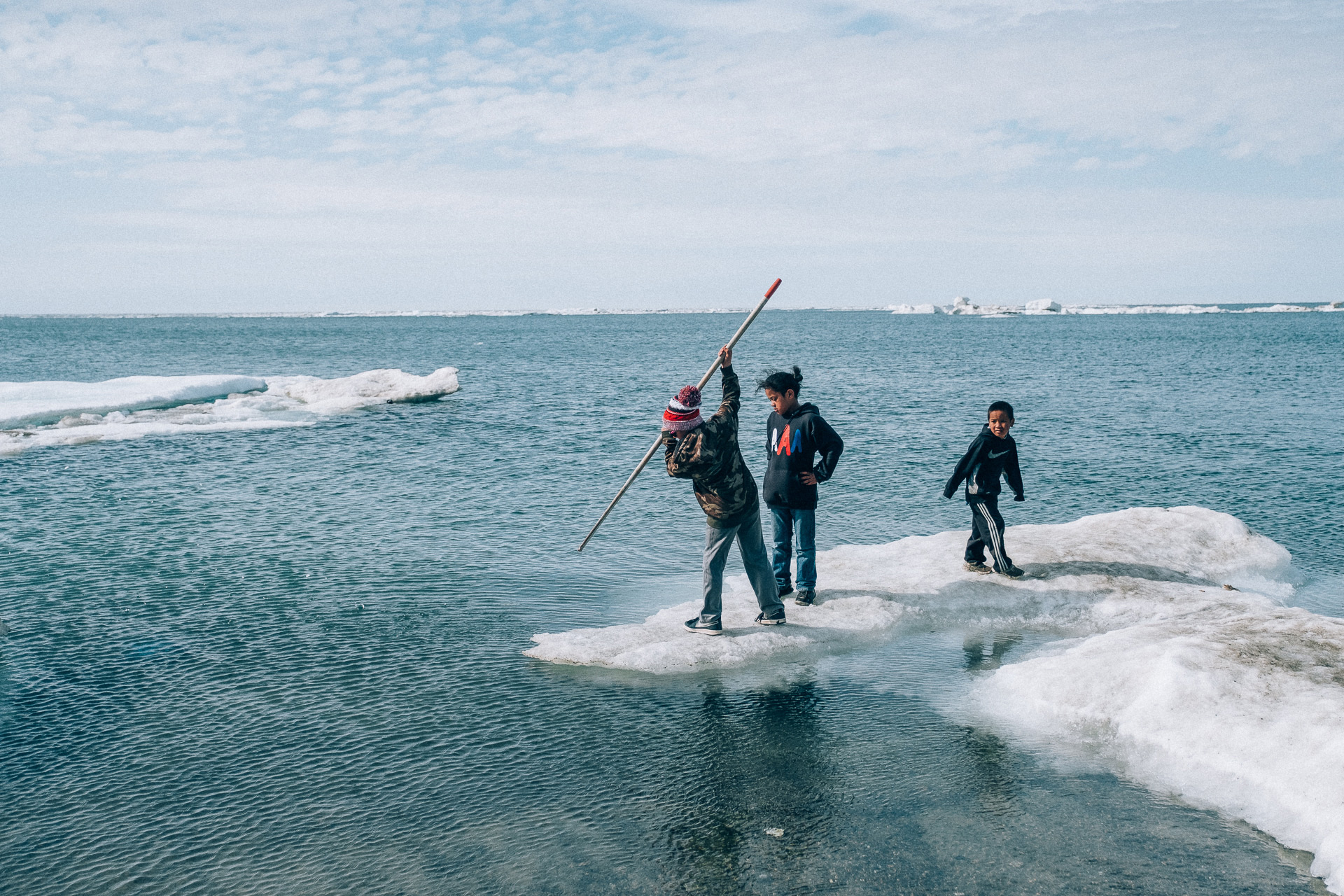
Text and photos: Vlad Sokhin / Panos Pictures
